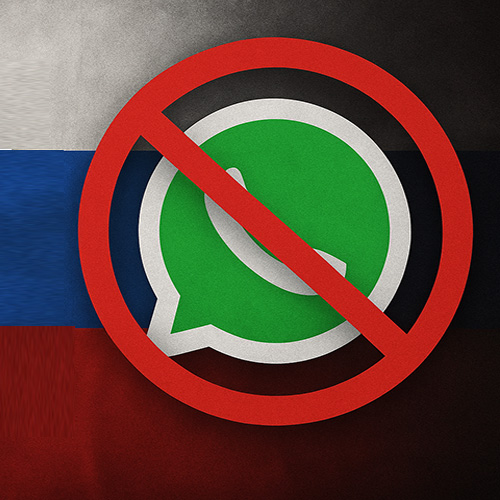
Rahul is a frequent user of mobile wallet apps and prefers to do most of his payment digitally through his phone. If we flip through his daily purchase routine – he gets up in the morning and the first thing he does is to buy a cigarette, then sips a cup of tea from the nearby stall, orders for his breakfast, refuels his bike while on his way to office, orders for lunch in the afternoon, then again gets a cigarette and tea and then finally orders for his dinner at night after he gets home.What is interesting to note here is that Rahul does not have to run to the ATM to dispense cash for whatever purchases he does from morning, but he makes all his payments through his mobile wallet app.That way he also keeps an easy track on the money he has spent the entire day.
Welcome to the world of Mobile wallet apps/ Mobile payment app/ Money Transfer apps/e-Wallet or by whatever name it call it. Mobile wallet apps likePaytm, Freecharge, Mobikwik, PhonePe, Amazon Pay, Google Pay (Tez), Yono by SBI, BHIM are today taking a customer’s life by storm.
But what has led to the boom in the e-wallet industry?
By 2017, the number of e-wallet services has been sky rocketing; as per Reserve Bank of India (RBI) it went up from a single company in 2006 to 60 in 2017. India’s first e-wallet, Wallet365.com was launched in 2006. It was introduced by Times Group in association with YES Bank. Since then the number has went up.
This number has been aggravated by the increase in the smartphone adoption across nation. Furthermore, demonetization which was introduced by the present government in the year 2016 added fuel to it. The e-wallets were the only mode of transaction to deal with the cash crunch at that time.
Tough times for wallet companies
The going has not been very easy for the mobile wallet companies. The growth trajectory of these e-wallets has shrunk. If this continues, these payment companies will start to perish at the same speed that they had come into the payment picture, barring a few. Many small players have shut down their shops owing to the fact that mobile payment is a high volume and low value business. The profit of any e-wallet company depends on customer base, a good merchant network and some good offers like cashback.
Adding to this are some other factors as well. The strict rules introduced by the Reserve Bank of India like the net-worth requirement for digital wallet companies has been increased from rupees two crore to five crore with a minimum positive net worth of Rs 15 crore in three financial years.
Moreover, the need for full KYC (Know Your Customer) verification of customers by all e-wallet companies has become a mandate. Also the new verdict of the Supreme Court on Aadhaar Card prohibits private companies from using this unique number for KYC. Wallet companies those were depending on Aadhaar number for KYC are now looking out for new alternatives.
On the contrary, we have also seen deep pocketed businesses acquiring small businesses like Axis Bank acquired FreeCharge, Amazon took over Emvantage, Flipkart picked up PhonePe, and Shopclues acquired Momoe.
The Cashback strategy
Let us get back to Rahul again. Why is he encouraged to make his payments through mobile wallets; besides making his life easy and convenient, his mobile wallet company also gives a lot of cashbacks to Rahul, on specific number of transactions.
But why do wallet companies provide cashbacks? Is offering cashbacks and coupon codes simply a mind game with an ulterior motive attached to it? The answer to it can be debated in many ways.
Leading wallet companies like Paytm, PhonePe, Mobikwik use this strategy of giving promotional codes and large cashbacks to lure customers and increase its customer base. These frequent cashback offers encourage customers to use their e-wallets on every purchase, thus reducing their dependence on hard cash. So in one way, cashback and other such offers are promoting digital payment and the ‘cashless’ economy that PM Modi has envisioned for the country.
Cashbacks indeed has made these wallet companies popular, there is no doubt to it. However, giving such large offers also means that these e-wallet companies are not earning too much of profits. Because in the world of doing business, a company can never run profitably if it gives away freebies at no additional costs. This is done just to retain its customers, but once these monetary concessions stop, they might just stop using these apps. So this might become the biggest drawback for the wallet company.
But there can be another side to this story; there might also come a time, when these wallet companies stop giving very few or no offers at all, especially when they are certain that they have accumulated a large customer base and have access to all their contact information.
Only time will determine the exact calculation behind introducing such offers!
See What’s Next in Tech With the Fast Forward Newsletter
Tweets From @varindiamag
Nothing to see here - yet
When they Tweet, their Tweets will show up here.





























